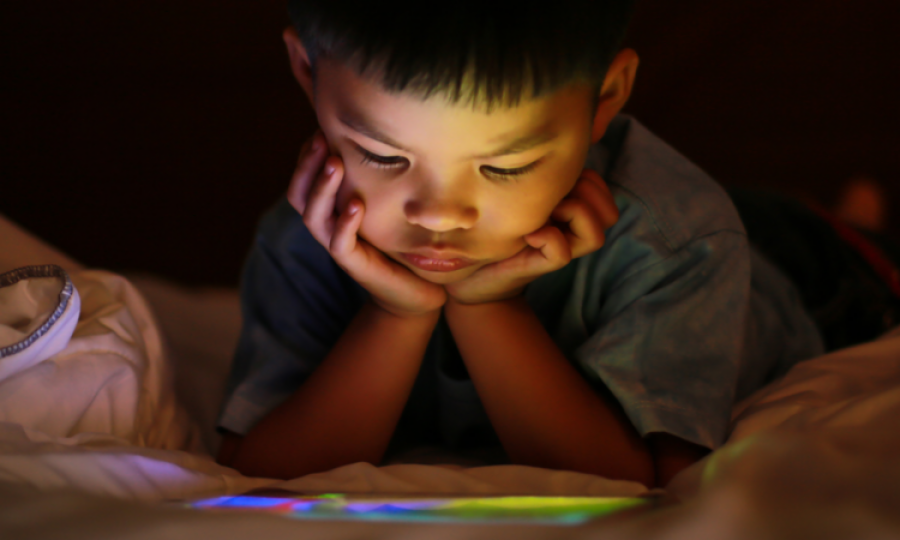Assessment of changes in child and adolescent screen time during pandemic

A systematic review published in the JAMA Pediatrics compared screen time in children and adolescents before the COVID-19 pandemic and during it. The authors believed that screen time must have altered due to the numerous pandemic restrictions. They included 46 studies in this review out of 136 and performed a meta-analysis of those studies.
In the introduction, the authors quoted studies that linked increased screen time with poor sleep, physical activity, communication skills, mental health and academic performance. They say that manipulative measures are instilled in up to 80% of apps which persuade children to spend more time than usual.
Previous studies have reported changes in screen time during the pandemic, but because of the variability of the findings, the authors felt the need to explain that variability. The analysis was focused on the duration of the use and the content and context.
They write about different factors that may be responsible for the variability in screen time in various studies. The elements could be age, gender, informant, study design and restriction timings. The study aimed to find global changes in child and adolescent screen time before and during the COVID-19 pandemic and the variability across all factors. The results could inform policymakers to put focus on child and adolescent sedentary behaviours during the pandemic.
The meta-analysis showed that total screen time increased by 84 min/d during the pandemic. Screen time was enhanced particularly for individuals 12 to 18 years of age by 110 min/d. The increase was smaller in preschoolers and primary school children.
The time spent on handheld devices and personal computers increased by approximately 45 min/d. In the discussion section, the authors claim that the expected increases were more than anticipated. Pandemic recovery policies must include these findings and others to help children and adolescents.
Adolescents owned and had better access to handheld devices than children, and they were also the ones who acquired new skills and found ways for creative expression, often online hence the increase in their screen time.
The mean changes in personal computers and handheld devices were more marked than those in television, games and social media. The need for social connectivity because of the strict distancing measures also increased screen time as instant messaging apps and video chatting are readily available on handheld devices.
Retrospective data produced more mean values than longitudinal data. The authors suggested that cohort studies accounting for behaviour changes will immensely help these children.
However, the study implicated that these changes could be temporary for a section of youth. But for others, this could be a permanent problem needing solutions. Parents play a vital role in counselling these children and getting them rid of this habit.
Limitations of the study were quoted as data that was geographically specific and no samples from South Africa were taken, along with a limited selection from South America and the Middle East. No screen time was recorded for passive apps.
Lastly, the authors repeated the increase in screen time, which is 52% compared with the pre pandemic baseline estimates. Recovery initiatives and cohort study designs are reinforced.
Advertisement
Trending
Popular
Hair loss: Discovery uncovers key stem cells that could reverse ...
-
Broccoli sprout compound may help lower ...
11:31 AM, 25 Feb, 2025 -
Gas Pain vs. Heart Attack: How to tell ...
09:00 PM, 22 Feb, 2025 -
Coconut oil supplement shows promise ...
08:00 PM, 20 Feb, 2025 -
Normal vitamin B12 levels may still ...
05:00 PM, 19 Feb, 2025



